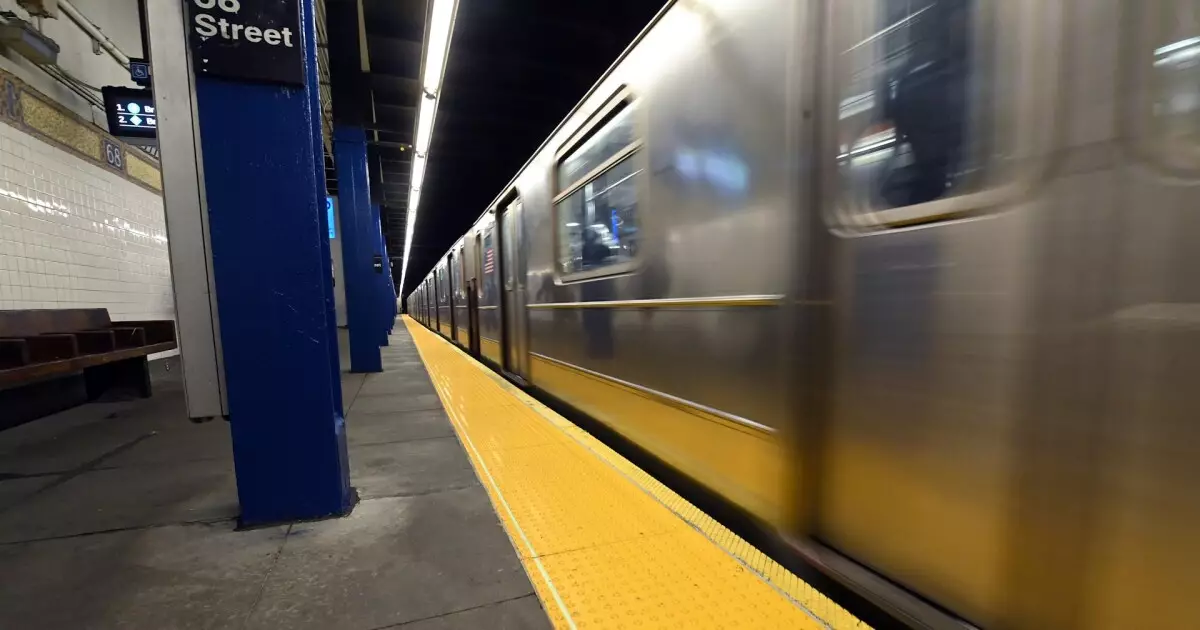The New York Metropolitan Transportation Authority’s (MTA) ambitious capital plan for 2025-2029 has encountered a significant obstacle — a veto from a state review board consisting of the leaders from both houses of the state legislature. This $68 billion initiative, which proposes crucial updates and projects, faces a daunting $33 billion budget gap that has raised red flags among state leaders. With this veto, the responsibility now shifts to Governor Kathy Hochul, who is expected to unveil a funding proposal in her executive budget in January. The situation paints a complex picture of the interplay between state governance, budgetary allocations, and the future of one of the largest and most vital transit systems in the United States.
John McCarthy, the MTA spokesperson, expressed confidence in the foundation of the capital plan, which follows a 20-Year Needs Assessment. He emphasized that the MTA hadn’t received any significant objections from the legislature since the plan’s approval by the MTA Board last September. This statement reflects a sense of optimism from the MTA’s perspective, but the political dynamics surrounding state funding reveal a more nuanced reality.
The veto issued by Senate Majority Leader Andrea Stewart-Cousins and Assembly Speaker Carl Heastie was couched in strategic political maneuvering. In their Christmas Eve letter to MTA CEO Janno Lieber, they pointedly noted that resolving the funding shortfall might necessitate both legislative action and exploration of additional non-state revenue sources. This perspective suggests that the reluctance to approve the current capital plan is rooted not only in financial considerations but also in an effort to exert influence over the upcoming state budget negotiations.
Rachael Fauss, a senior policy advisor at Reinvent Albany, interpreted the legislators’ actions as a tactical decision aimed at enhancing their clout within the budget process. By delaying the approval of the MTA’s capital plan, the legislators hope to create a scenario where securing funds becomes part of broader budgetary discussions, potentially yielding increased financial support for New York’s transit needs.
One of the critical issues exposed by the veto is the structure of the MTA’s capital planning process itself. The agency frequently drafts capital plans with acknowledged funding gaps, anticipating that state leaders will allocate additional revenue in the forthcoming budget cycle. This backward approach raises questions regarding transparency and fiscal responsibility, as it may lead to projects that are approved without guaranteed funding streams.
This situation is not unprecedented; past MTA capital plans have faced similar challenges. Historical context shows a pattern of delayed approvals, highlighting systemic flaws in how the authority presents and seeks funding for its projects. With the review board’s recent decision, the MTA finds itself backlogged, continuing to work under the constraints of its 2020-2024 capital plan while facing uncertainty about its future initiatives.
As Governor Hochul prepares her budget proposal, the potential for a significant funding solution remains uncertain. Rachael Fauss anticipates that Hochul might propose a regional tax revenue source to address the $33 billion gap. However, given the history of legislative preference towards tax burdens concentrated in New York City, this could lead to contentious discussions among lawmakers. Fauss has pointed out that this trend raises alarms about the sustainability and fairness of financing urban infrastructure projects, as the burden seems ever-increasing for city taxpayers.
Additionally, the proposed MTA capital contribution from the state appears woefully inadequate at around $4 billion. Historical contributions have been significantly higher, complicating the MTA’s financial landscape and escalating pressure on the state to address funding needs comprehensively. Fauss rightly notes that increasing the state’s contribution could alleviate some of the financial burdens on the MTA, allowing it to manage its debt more effectively.
The veto of the MTA’s 2025-2029 capital plan is a critical inflection point for New York’s transit future. With mounting capital needs — including critical repairs and modernization projects — the stakes have never been higher. The political negotiations that follow will not just define the financial structure of the MTA’s future but also shape the region’s growth, economic vitality, and overall transit mobility.
As stakeholders in this complex scenario prepare to engage in discussions, the necessity for a transparent, accountable, and adequately funded capital plan remains paramount. The question remains whether Governor Hochul and legislative leaders can navigate this tense political landscape to forge a solution that benefits New York’s transit infrastructure and its ever-growing population. Each decision made in the upcoming legislative session could have lasting consequences — either revitalizing or further destabilizing New York’s critical transit system, which is the lifeblood of the city and beyond.

